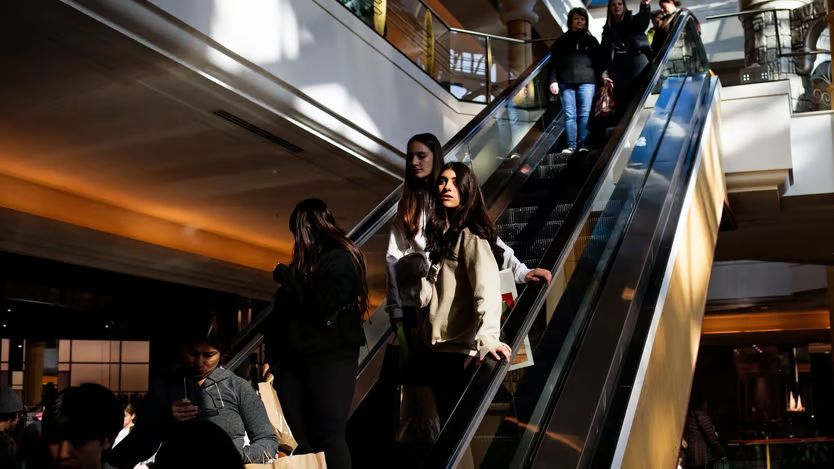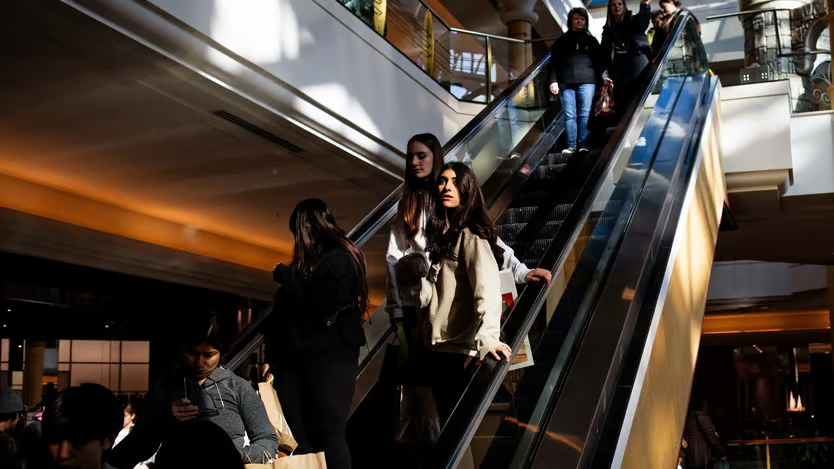
This is where people of today’s world hang out,” explained Bill Preston, a student, to Socrates. Mr Preston was not your typical member of the Socratic circle. The year was 1988 and they were riding the escalator at a mall. That the makers behind “Bill and Ted’s Excellent Adventure”, a film about two high-schoolers transporting historical figures to their present day, chose this setting is unsurprising. Since America’s first fully enclosed mall opened in Minnesota in 1956, thousands had sprung up across the country. Malls were the new agora where the demos came to eat, shop and, indeed, “hang out”.
Today some 900 are left operating in America. The rise of e-commerce and the decline of the department store, the traditional anchor tenant for most malls, have led to hundreds of them closing their doors for good over the past decade—among them the Metrocentre in Arizona, the filming location for the fictional mall that Socrates once roamed. Pandemic lockdowns hastened the demise of many.
Yet investors have lately taken a renewed interest in these temples of consumerism. The market value of Simon Property Group, the largest owner of American malls, rose by half between the start of 2023 and the end of 2024, approaching an all-time high. The value of Macerich, another big mall operator, increased by four-fifths. What explains the revival, and can it last?
The mall business is split between the “haves and have nots”, explains Ronald Kamdem of Morgan Stanley, a bank. While dingy sites in undesirable locations have shut down, footfall at so-called A malls has bounced back roughly to pre-pandemic levels. Successful owners such as Simon and Macerich have focused on these sites.
Retailers, meanwhile, have begun to recognise the limits of e-commerce. Online sales as a share of total retail spending in America have yet to rise above 16%, the level reached in the second quarter of 2020. Many brands that began selling on the internet have now embraced bricks and mortar. Warby Parker, once an online-only purveyor of spectacles, hopes to have some 900 stores in future, roughly triple the number today. And around four-fifths of luxury goods are still sold in physical shops, reckons Bain, a consultancy.
For mall owners, it helps that top-notch retail space is in short supply. At around 4%, America’s retail-vacancy rate is near an all-time low. Construction has been sluggish—a problem that will be made worse by Donald Trump’s tariffs on building materials such as steel and his determination to deport the migrant workers on whom the construction industry relies. No wonder that around half of new luxury shops in America open in high-end malls.
Even youngsters inseparable from their smartphones are heading to malls, lured in part by the promise of novel in-person experiences. This year Netflix will open its first “experiential entertainment venues” in two former department stores in malls. Ted Sarandos, its boss, has suggested that 50 or so of them may open in the coming years. Mall owners hope to convert youngsters into the next generation of Bills and Teds; last year Simon launched a marketing campaign targeted at Gen Z shoppers called “Meet me @themall”.
Challenges lie ahead. On April 22nd the IMF downgraded its forecast for American GDP growth this year, signalling weaker prospects for consumer spending. Shares in Simon and Macerich have slumped since Mr Trump launched his trade war on April 2nd. Yet malls could prove more resilient than in previous slowdowns, argues Vince Tibone of Green Street, a property-research firm, thanks to the short supply of retail space and the fact that many weaker tenants already went bankrupt during the pandemic. Plenty more excellent adventures, it seems, are still to be had.

